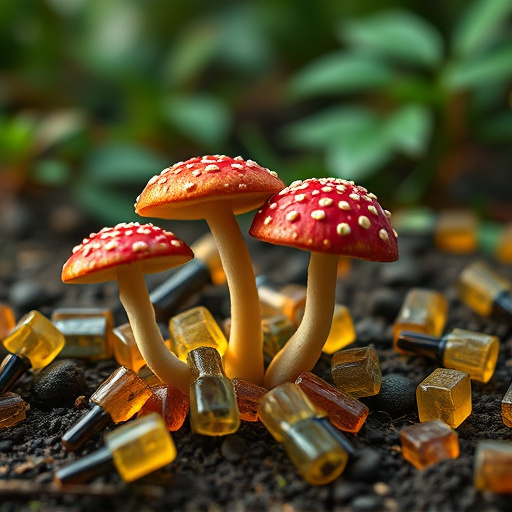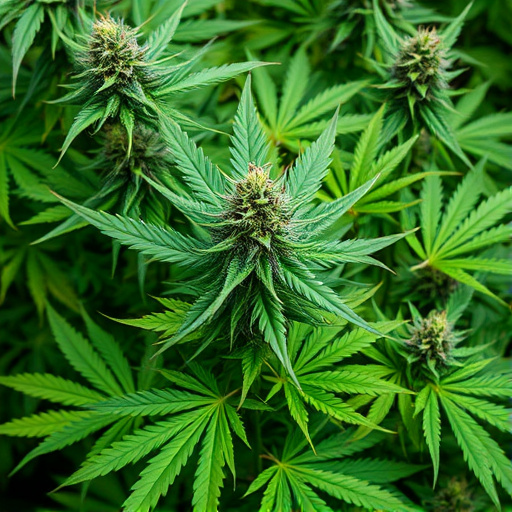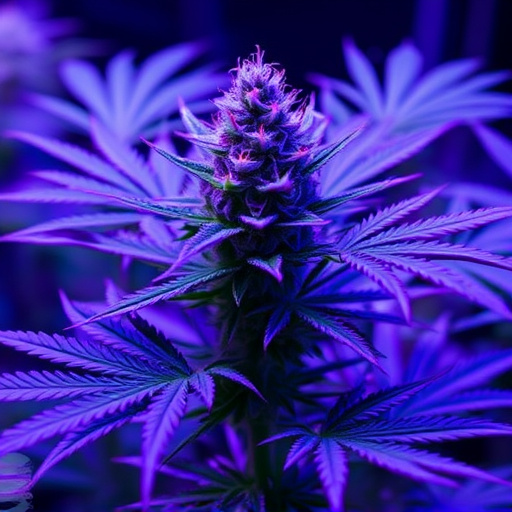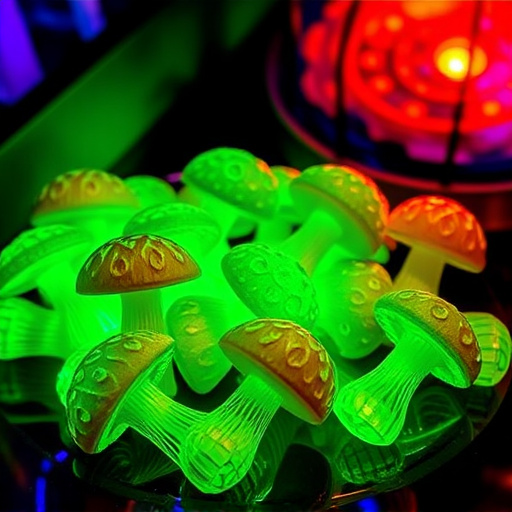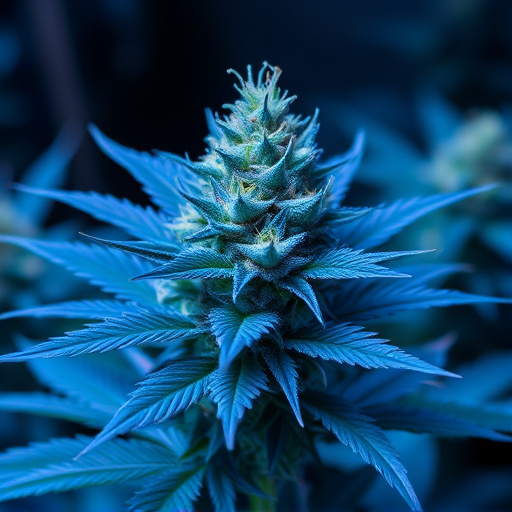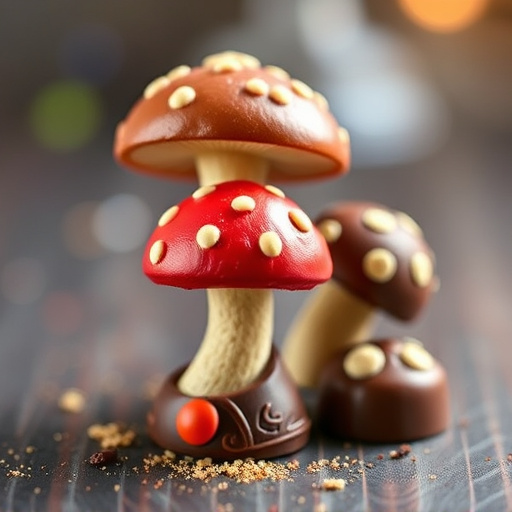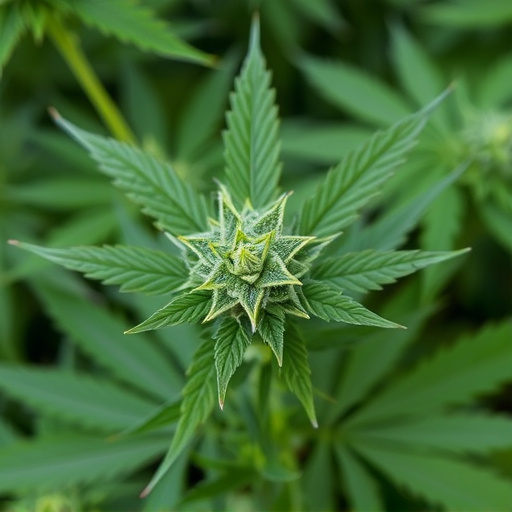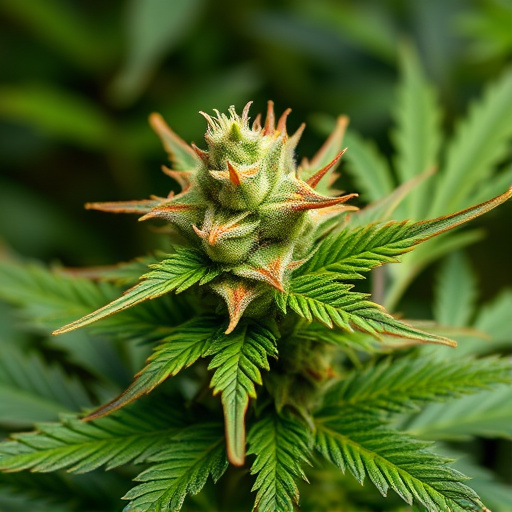Grind size critically affects the burning experience of sour cannabis strains, which boast complex terpene profiles. Coarse grinds slow extraction, preserving delicate flavors over time, while fine grinds release compounds faster but may mask subtler tastes. Balancing temperature and duration during combustion is key to savoring sour strain nuances; finer grinds burn faster at gentler heats, while coarser ones burn slower but preserve more terpenes.
In the world of cannabis appreciation, understanding how grinding techniques influence burn and flavor is a game-changer. This article delves into the science behind cannabis combustion, exploring chemical reactions and how temperature manipulates burn intensity. We dissect various grinding methods, revealing their profound impact on airflow, heat retention, and flavor enhancement or modification. Additionally, we uncover the intricate connection between grinding and sour cannabis strains, providing insights into preserving their distinctive terpenes and cannabinoids for an optimal sensory experience.
- The Science Behind Cannabis Burn and Its Impact on Flavor
- – Exploring the chemical reactions during combustion
- – How temperature and duration affect burn intensity
The Science Behind Cannabis Burn and Its Impact on Flavor

The process of cannabis burning, or vaporization, involves a complex interplay of science and sensory experience. When cannabis is heated, various compounds are released, including aromatic terpenes and cannabinoids like THC and CBD. The art of grinding cannabis plays a significant role in how these compounds interact during combustion, ultimately shaping the burn rate and flavor profile. Coarse grinds allow for slower extraction, preserving delicate flavors and terpin profiles, especially in sour cannabis strains known for their complex aromatics. Conversely, fine grinds accelerate the release of compounds, resulting in a smoother, more intense burn but potentially masking subtler flavors.
Understanding this dynamic is crucial when aiming to optimize the cannabis burning experience. For enthusiasts exploring the nuances of different strains, including sour varieties, controlling the grind size offers a way to uncover and appreciate the unique flavor notes contributed by specific terpenes. This scientific approach to grinding ensures that consumers can fully embrace the rich tapestry of tastes and aromas that cannabis has to offer.
– Exploring the chemical reactions during combustion
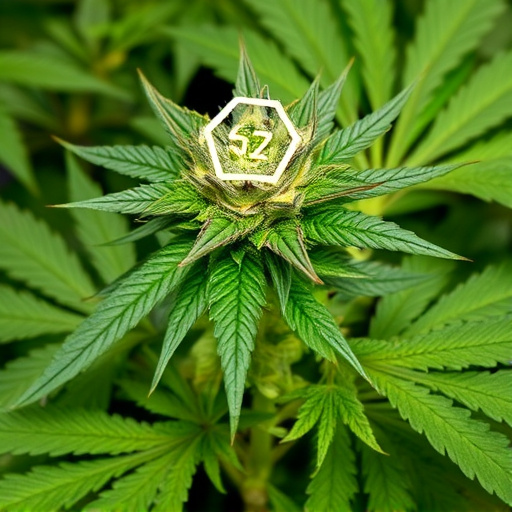
The art of grinding cannabis is a step often overlooked yet significantly influences the overall burn and flavor experience, especially in sour cannabis strains. During combustion, complex chemical reactions occur as the plant matter is heated, leading to a myriad of aromatic compounds being released. Grinding plays a pivotal role in this process by affecting the surface area exposed to heat and oxygen. Coarse grinding increases the burning time, allowing for a more gradual release of terpenes and cannabinoids, which contributes to a smoother, fuller taste. Conversely, fine grinding can lead to faster combustion, producing a stronger initial flavor burst but potentially compromising the complexity of the strain’s profile.
In the case of sour cannabis strains, known for their vibrant and complex flavors, the grinding process is particularly critical. The unique chemical makeup of these strains often includes higher levels of certain terpenes that contribute to their tangy and acidic notes. Precise grinding ensures these delicate compounds are evenly distributed and slowly released during combustion, allowing users to fully appreciate the intricate flavor tapestry associated with sour strains.
– How temperature and duration affect burn intensity
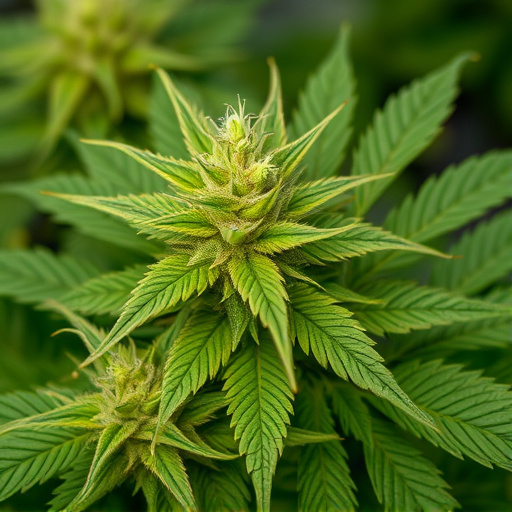
The intensity of burning in cannabis is a delicate balance between temperature and duration. Higher temperatures can lead to a quicker burn, but they also risk scorching the plant material, imparting an unpleasant bitter taste. Conversely, lower temperatures burn more slowly, preserving the terpenes responsible for flavor, but may result in a longer, potentially harsher smoking experience. For sour cannabis strains, this dynamic is particularly significant. The delicate acids and citrus notes that define these varieties are susceptible to heat-induced degradation, making optimal burning duration and temperature crucial to preserve their distinctive flavors.
Prolonged exposure to high heat can break down the chemical compounds in cannabis, altering its aroma and taste profiles. With sour strains, where complexity and acidity are hallmarks, this can be particularly problematic. Therefore, grinding techniques should aim to balance speed of combustion with heat preservation. Finely ground cannabis burns faster but retains more flavor when heated gently, while coarse grinds burn slower and may produce a harsher smoke, although they preserve some of the original terpene profile.
In understanding how grinding affects cannabis burn and flavor, especially with popular sour cannabis strains, it’s evident that proper grinding techniques can enhance both. By controlling combustion through temperature and duration, grinders designed for specific plant materials allow for more uniform burning, preserving the delicate terpenes and cannabinoids responsible for sour strains’ unique flavors and effects. This ensures a more enjoyable and consistent experience for consumers.
